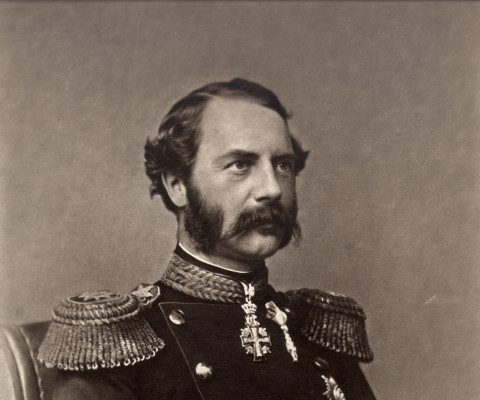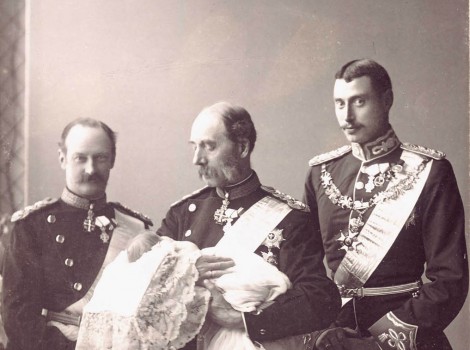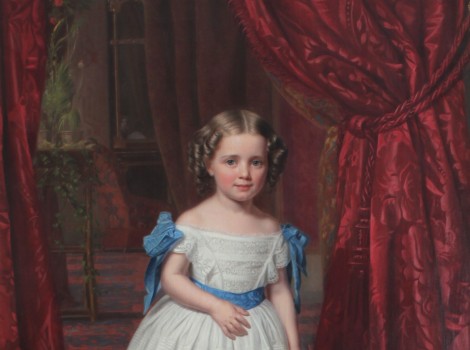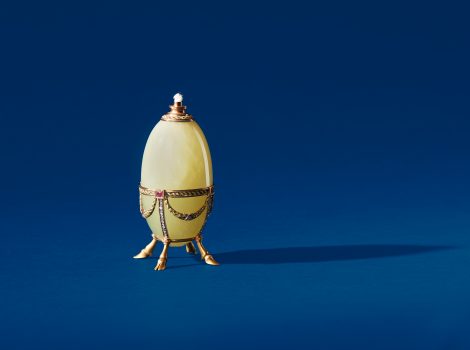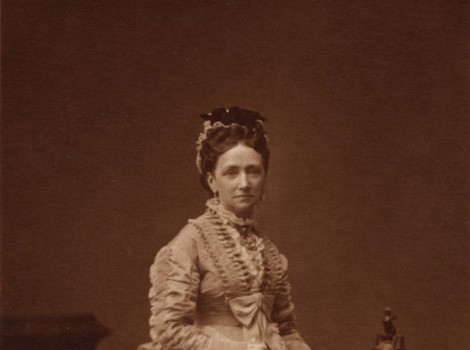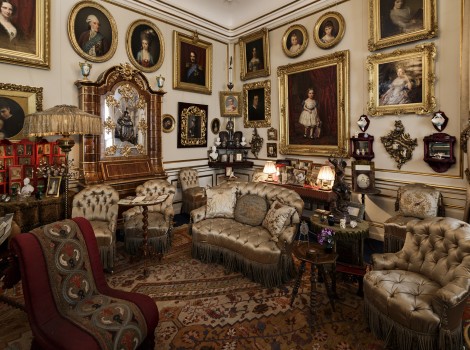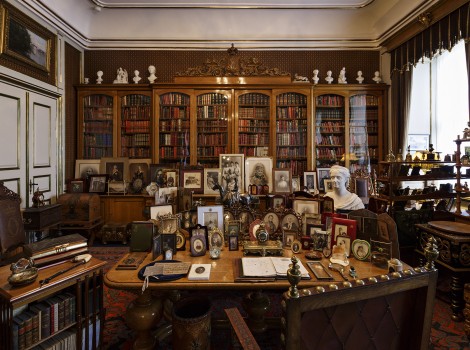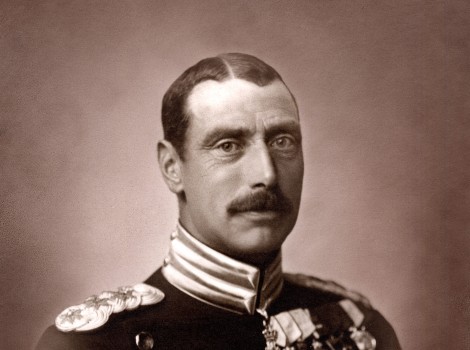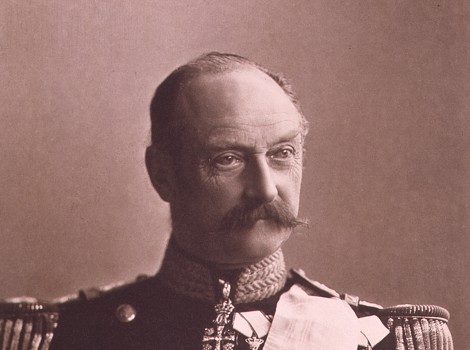Christian IX
In 1863 Christian IX succeeded the childless Frederik VII as king, and was the first monarch from the House of Glücksburg line of The Royal Family. In 1842 he married Princess Louise of Hesse-Kassel, with whom he had six children, of which four later ascended European thrones. The Royal Couple, who were HM Queen Margrethe II’s great-great-grandparents, were therefore given the epithet “Europe’s in-laws”.
Christian IX became king due to an unlikely interplay of personal, familial, and political factors. He was from a cadet branch of the House of Oldenburg and the son of the relatively poor Friedrich Wilhelm, Duke of Schleswig-Holstein-Sonderborg-Glücksburg, who was a friend of Frederik VI. Following his father’s early death in 1831, he was trained as an officer in Copenhagen under the guardianship of Frederik VI, and he took a decisive step on the path to the throne by marrying Princess Louise. It was also important for his appointment that he participated on the Danish side in the First Schleswig War 1848-50 and was a supporter of the unitary state (that is, a Danish monarchy which included Schleswig, Holstein, and Lauenburg). The decision to make him heir to the throne was taken by a number of European powers in 1852.
Christian IX’s reign was marked by the defeat of 1864. Because he had a German background and spoke with a strong accent, Christian IX wasn’t popular with the Danish people during his first years as king, but this changed during the course of his long reign. Amongst other things it helped a great deal that the advantageous marriages of his children cast lustre over Denmark after the military defeat. Christian IX was of a conservative nature and for many years acted as the guarantor of the Højre (Right) party government. In the so-called provisory time in the 1870s and 80s, Højre’s governance bypassed the parliament thanks to the support of the king.
 Dansk
Dansk
 English
English
 Deutsch
Deutsch

